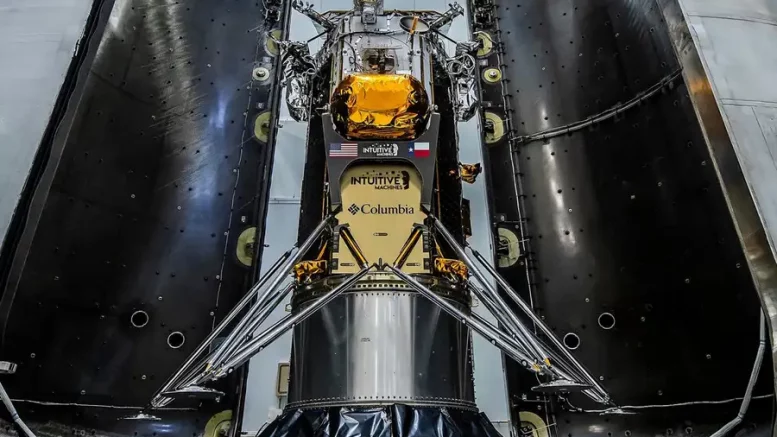Intuitive Machines, a US company, is gearing up to attempt the historic feat of becoming the first private firm to successfully land a spacecraft on the moon. Their spacecraft, named Odysseus, is set to launch from Cape Canaveral in Florida on February 14 atop a SpaceX Falcon 9 rocket. The mission, dubbed IM-1, aims to touch down near the moon’s south pole on February 22.
The primary objective of the IM-1 mission is to demonstrate the capability of a private company to land on the lunar surface. Additionally, Odysseus will carry a total of six NASA payloads and five commercial payloads. Among the NASA instruments are tools to study the effects of the landing on moon dust plumes, devices to ensure a safe landing, and equipment to measure radio waves and their impact on the lunar surface. The commercial payloads include a camera for capturing images of the landing, miniature sculptures by artist Jeff Koons, and a chip intended to create a repository of human knowledge on the moon.
This mission is part of NASA’s Commercial Lunar Payload Services (CLPS) initiative, which contracts private companies to facilitate lunar exploration and develop a lunar economy. IM-1 follows the first CLPS mission, Astrobotic’s Peregrine lander, which encountered a fuel leak after its January launch, preventing it from reaching the moon.
Previous attempts by private companies to land on the moon, such as SpaceIL’s Beresheet craft and ispace’s Hakuto-R, ended in failure with crash-landings and destruction. If Odysseus achieves a successful landing, Intuitive Machines plans to proceed with another Nova-C lander mission in March 2024, equipped with a drill to extract underground ice from the moon’s south pole.

